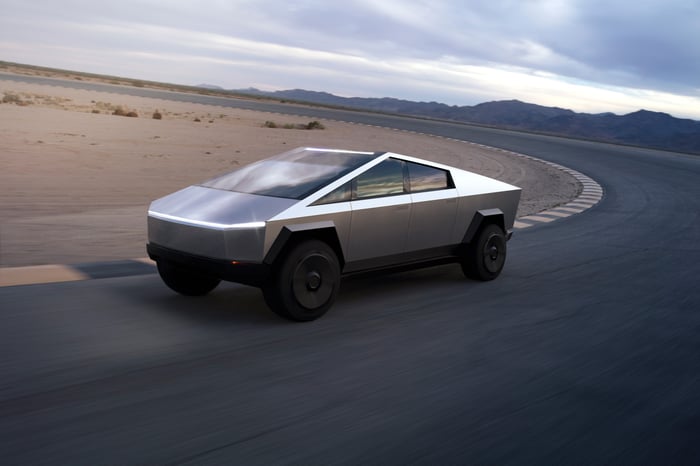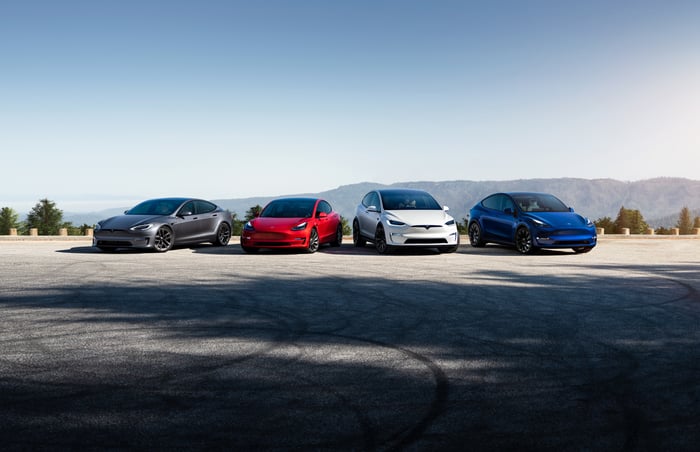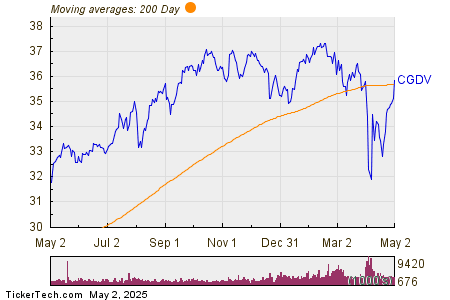Tesla’s Robotaxi Ambitions: A Potential Game-Changer for Ride-Sharing
Tesla (NASDAQ: TSLA) CEO Elon Musk is known for making bold statements, and his recent remarks during the company’s earnings call may be among his most audacious yet.
Musk reiterated Tesla’s plan to launch its robotaxi network in Austin by June. He added that these robotaxis could significantly impact the company’s financials by mid-2024 or the latter half of that year.
For a company with Tesla’s market stature, a significant financial shift suggests the potential for billions in revenue. Notably, Tesla generated nearly $100 billion in revenue in 2024. Musk not only claimed the robotaxis would drive this change but also predicted exponential business growth moving forward.
Historically, however, Musk’s ambitious promises have often taken longer than expected to materialize. Over the past decade, he has frequently stated that fully autonomous driving is just around the corner, yet Teslas are still not legally permitted to operate without supervision. For example, the highly anticipated Cybertruck, initially slated for production in 2021, did not begin rolling out until 2023.
Despite these delays, the introduction of the “Cybercab” during last October’s robotaxi event signals a possible path toward the June launch. Additionally, last week, the National Highway Transportation Safety Administration eased regulations on autonomous vehicles, aiming to expedite innovation in the sector.

Image source: Tesla.
Could Tesla Compete with Uber?
Musk’s expectation that Tesla will generate billions from robotaxis implies a significant entry into the ride-sharing market, positioning the company against established players like Lyft and Uber Technologies (NYSE: UBER). Lyft reported $16 billion in gross bookings last year, while Uber achieved $21.4 billion in revenue in 2024, anticipating around $13 billion from mobility services.
An advantage for Tesla’s robotaxi model is its absence of a driver, allowing the company to retain the entire booking revenue. However, there are indicators that investors may remain skeptical about Tesla’s ability to challenge Uber in the short term. After last year’s announcements, Uber’s stock fluctuated in response to news regarding Tesla’s plans, with some analysts expressing disappointment.
Notably, Uber’s stock saw little movement following Musk’s latest predictions. If his forecasts prove accurate, it may signal increased competition for Uber. Nevertheless, the muted response suggests that investors are skeptical of Musk’s timeline.
Assessing Tesla’s Stock Value
Should Tesla succeed in launching a global robotaxi network and allow owners to rent their vehicles, it could push Tesla’s stock to new heights, potentially making it one of the world’s most valuable companies, as Musk forecasts. However, much of the anticipated success of the robotaxi initiative appears to be already factored into the stock’s price.
Tesla currently trades with a price-to-earnings (P/E) ratio exceeding 100, indicating high expectations. The core automotive business is evidently facing challenges, as Tesla reported a decline in deliveries last year, with automotive revenue down 20% in the first quarter amid ongoing issues linked to Musk and government relations.
If Tesla manages a successful launch and expansion of the robotaxi service, leading to substantial revenue by next year, the stock could see considerable gains. However, given Musk’s history of ambitious claims and the obstacles in deploying and scaling the robotaxi network, delays are a strong possibility.
While Tesla may eventually reach its ambitious goals, investors should approach current expectations with caution, particularly given the ongoing challenges within its core business.
Jeremy Bowman has no position in any of the stocks mentioned. The Motley Fool has positions in and recommends Tesla and Uber Technologies.
The views and opinions expressed herein are those of the author and do not necessarily reflect those of Nasdaq, Inc.



